Expert eLearning Consultants
Elevate Your Training
with eLearning Expertise













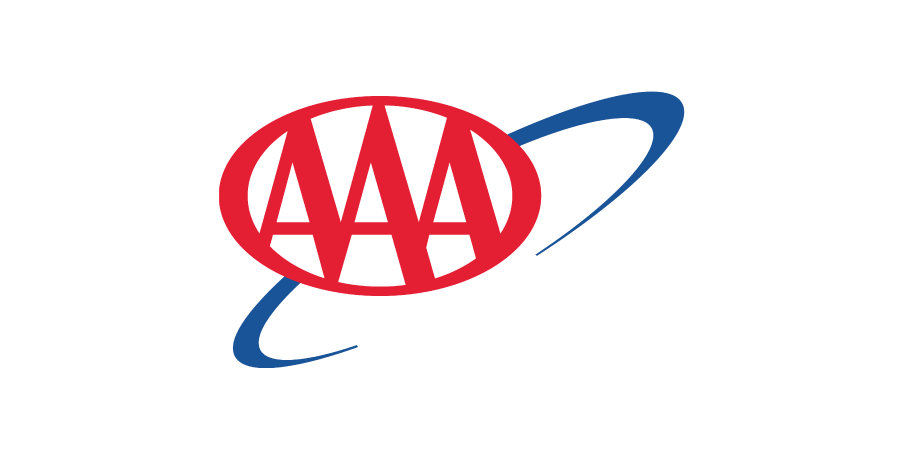


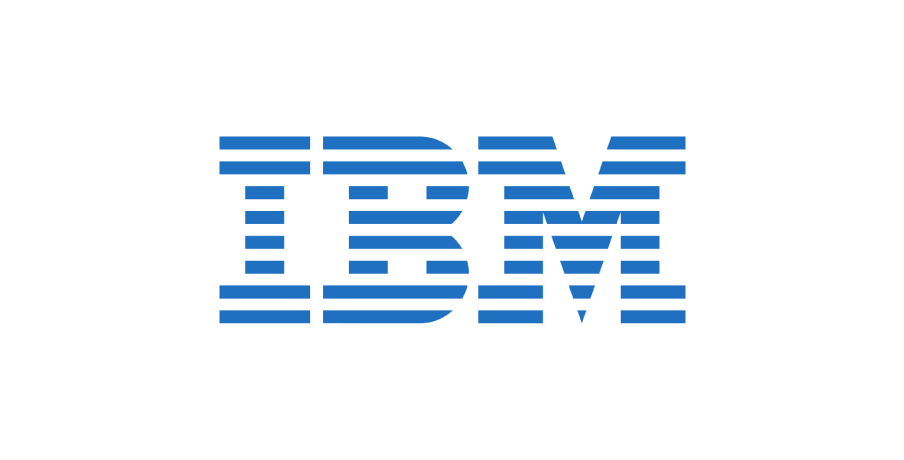
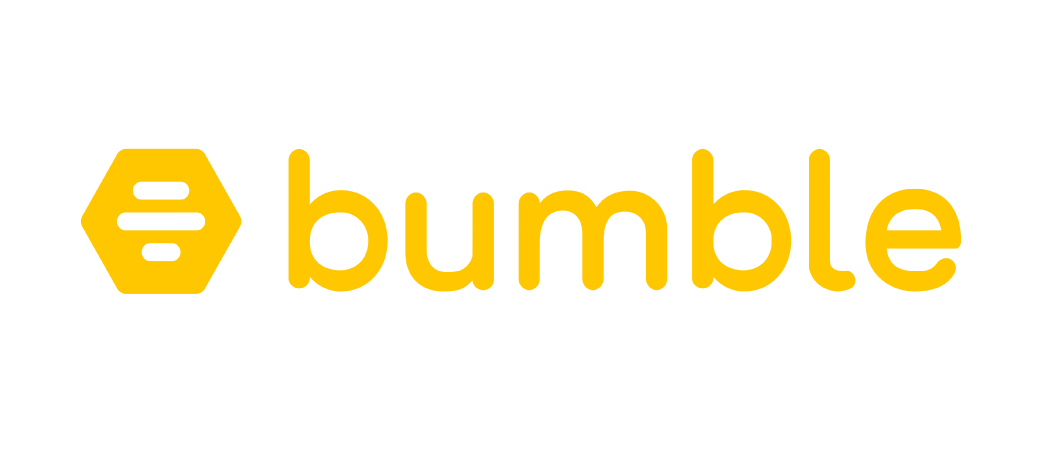

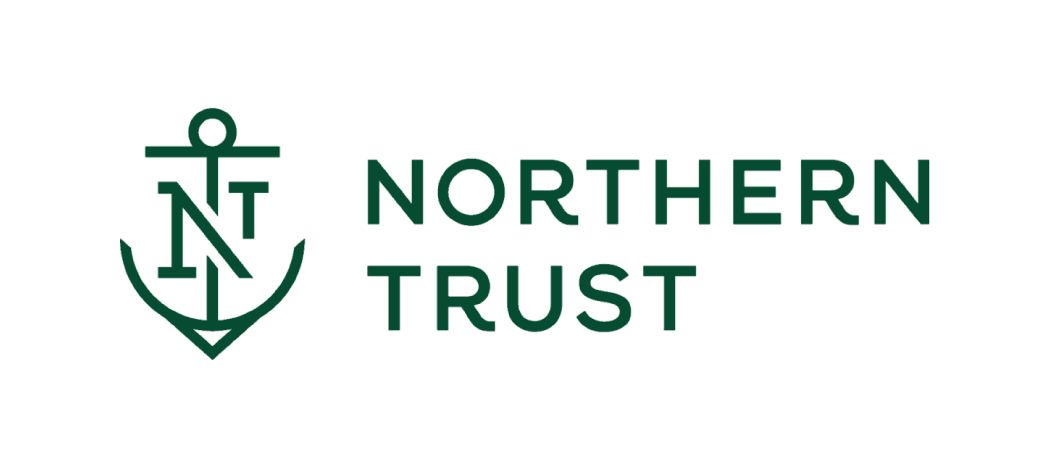
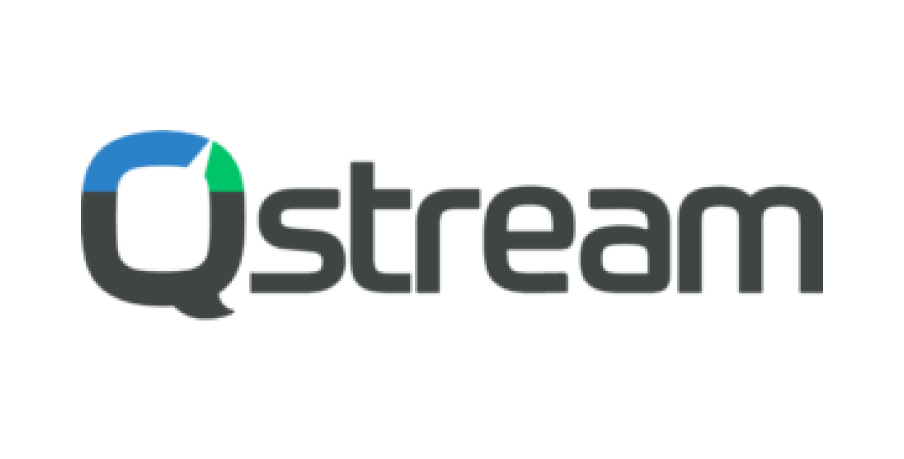
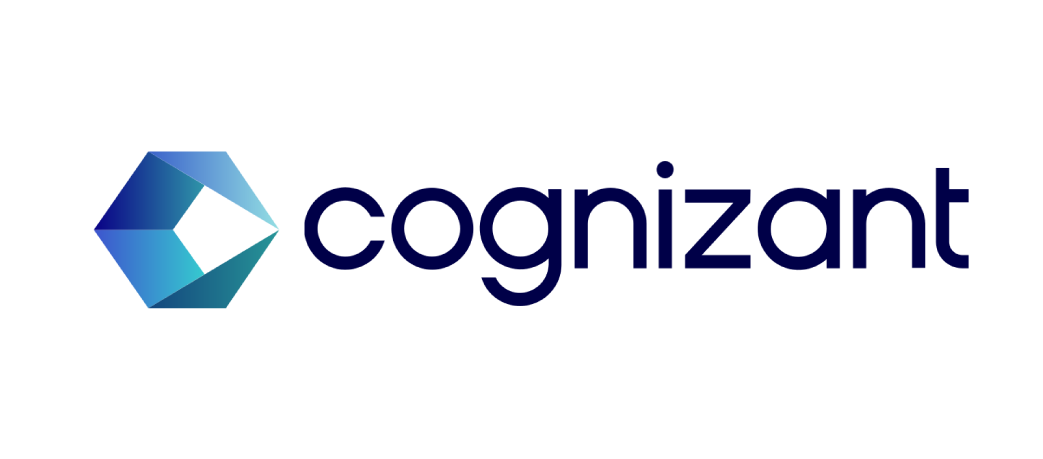

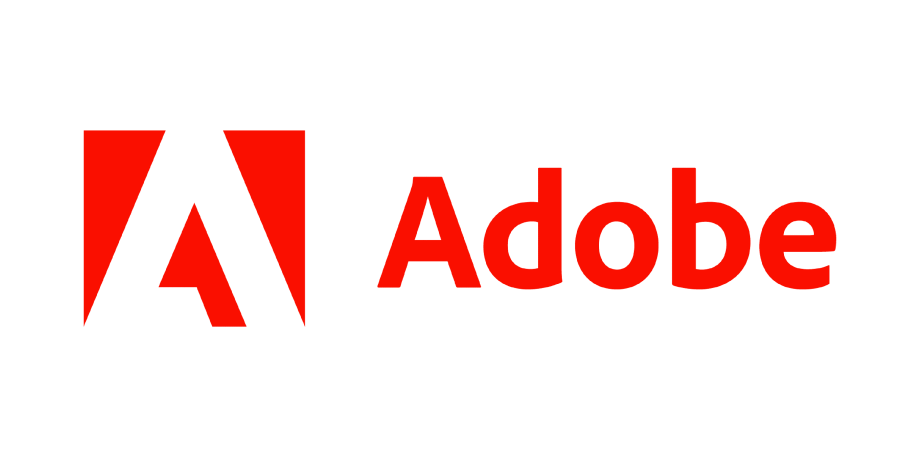



Our Approach
We offer comprehensive eLearning consulting and staffing services to elevate your eLearning programs and meet your organization's unique needs. Our expert consultants work closely with you and your team to design and develop tailored, engaging content that aligns with your goals. Whether you’re building from scratch or enhancing existing programs, we bring the expertise and collaboration to deliver impactful, results-driven learning experiences.
Benefits for Employees
eLearning gives employees the freedom to learn on their own time from any location which makes the training process less stressful and easier to navigate.
Benefits for Managers
eLearning is often seen as beneficial for learners, but the managers supplying new employees with eLearning training program also benefit.
Industry Statistics
Cost Savings
potential savings on training costs for companies utilizing eLearning, with 45% of companies reducing their training costs due to eLearning.
Increased ROI
potential productivity boost for companies that use eLearning tools and strategies. For every dollar spent on eLearning, it’s estimated that companies can make back $30 in productivity gains.
Faster Learning
more material is learned by eLearning participants without increasing time spent training.

What is eLearning?
eLearning uses internet-connected devices to deliver educational content through videos, games, and audio lectures, offering flexibility and accessibility.
What is mLearning?
mLearning delivers educational materials via mobile devices, providing quick, on-the-go learning opportunities.
How Our eLearning Developers Help
Creation
- Designing the interface and prototypes. Designing and building interactive, multimedia-rich content that enhances learning engagement and retention.
- Working with instructional designers to implement effective learning strategies, ensuring the content aligns with educational goals and learning objectives.
- Leveraging their technical skills to create responsive, accessible eLearning materials that function seamlessly across different devices and platforms.
- Integrating videos, simulations, quizzes, and other multimedia elements to create an immersive and dynamic learning experience.
Implementation
- Creating engaging, interactive content tailored to the specific learning goals and needs of the organization.
- Ensuring seamless integration of the Learning Management System (LMS) with the company's existing systems, optimizing it for smooth user access.
- Rigorously testing the eLearning platform to ensure functionality across devices and resolve technical issues for a flawless learner experience.
- DProviding continuous support and updates to ensure the eLearning solution remains effective and relevant over time.
Ready to Transform Your Training?
We offer comprehensive eLearning consulting & staffing services, from content creation to implementation, ensuring effective and engaging learning experiences.
Contact us today to optimize your eLearning strategy.


